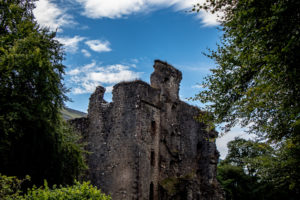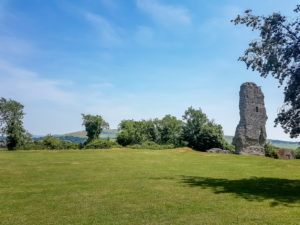Jarrow Hall (formerly Bede’s World) is a museum in Jarrow, South Tyneside, England which celebrates the life of the Venerable Bede; a monk, author, and scholar who lived at the Abbey Church of Saint Peter and Saint Paul, Wearmouth-Jarrow, a double monastery at Jarrow and Monkwearmouth, (today part of Sunderland), England.
There is a working reconstructed Anglo-Saxon farm called Gyrwe (pronounced “Yeerweh”) after the Old English name for Jarrow, showing animal husbandry with full-size reconstructions of three timber buildings from Northumbria based on the evidence of archaeological work. Thirlings Hall was the largest, with animal hide and other objects. A wood-burning fire in the form of a small pit/designated area is used throughout the year and allows for a great smell to filter through the building. The two other buildings, smaller in size, are a grubenhaus – a sunken building used as a cold store – and a monk’s cell. All buildings are thatched and were built using traditional techniques.
The farm animals are of similar breeds to animals that would have been present circa 1300 years ago, to simulate the types of animals which would have been seen in Anglo-Saxon England; cattle are smaller and sheep more varied, before selective breeding methods were introduced. Ancient strains of wheat and vegetables, such as those the monks might have eaten, used to be selectively grown on-site.












